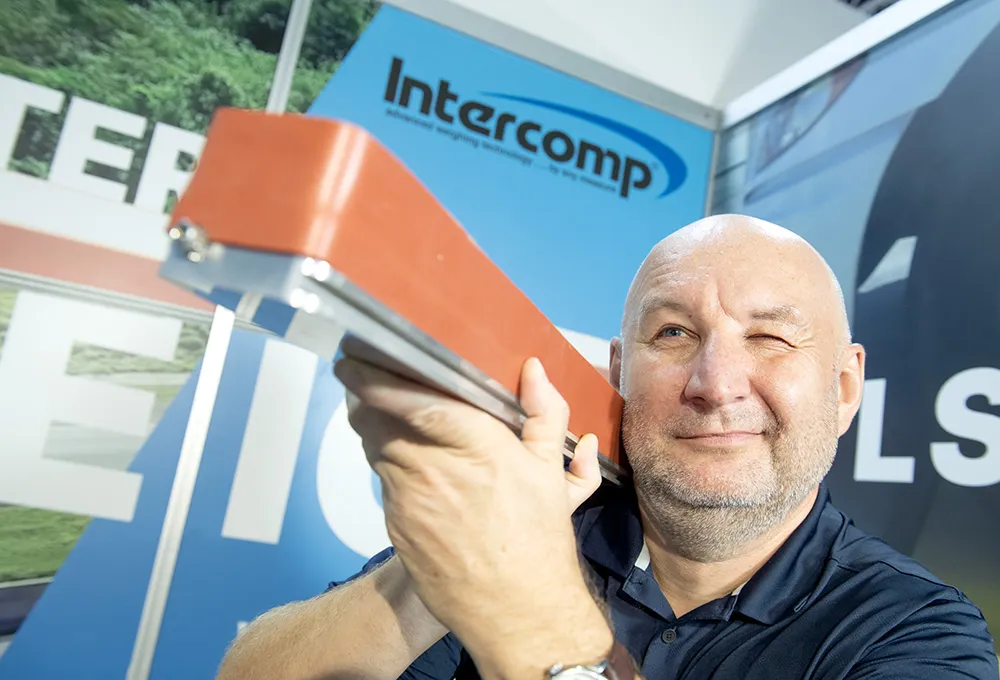
Direct from ITS World Congress 2019
Swiss-headquartered
In 2016, the Hungarian government adopted Kistler’s system, buying 1518 sensors to detect and identify overloaded vehicles in real time, says Joe Ong, general manager of Kistler Southeast Asia.
“We are able to provide proven WIM technology based on OIML R-134 certified system, as well as locally available technical support,” says Ong.
Supported by OIML certification, Kistler’s WIM systems are based on maintenance-free Lineas quartz WIM sensors and the Kistler WIM Data Logger.
Ong says the trend in the South East Asia’s largest ports is to upgrade entry and exit point weight check gates using targeted highly accurate no-stop WIM systems.









